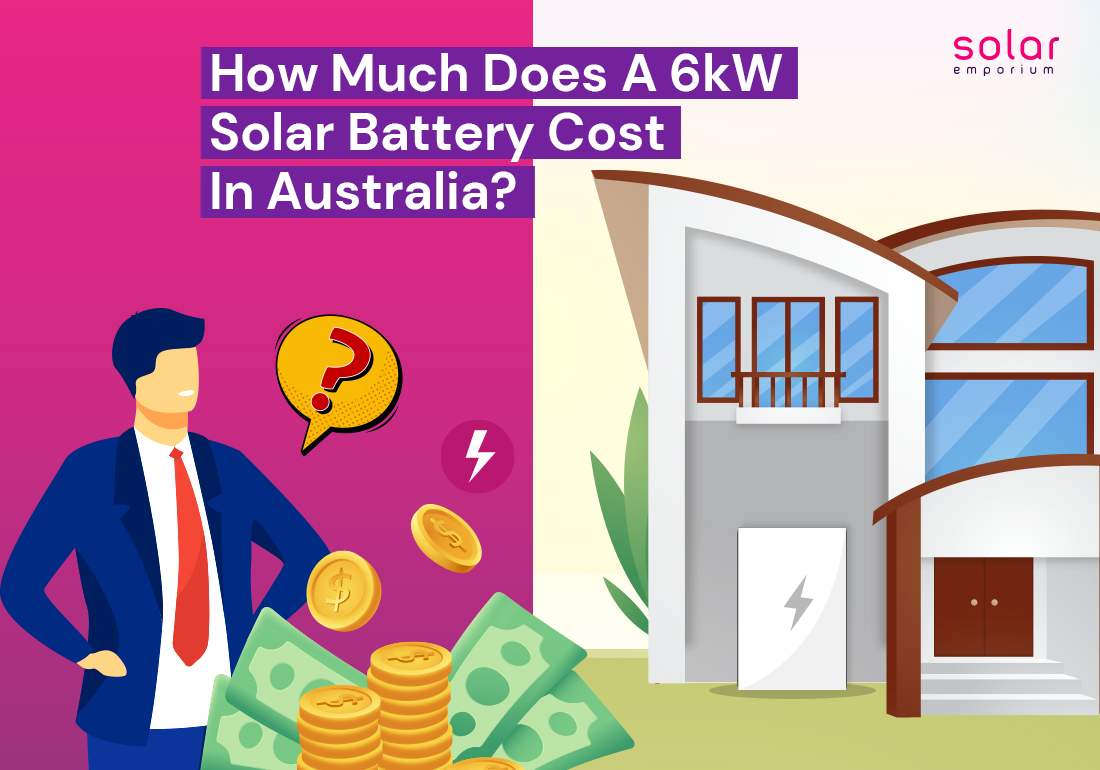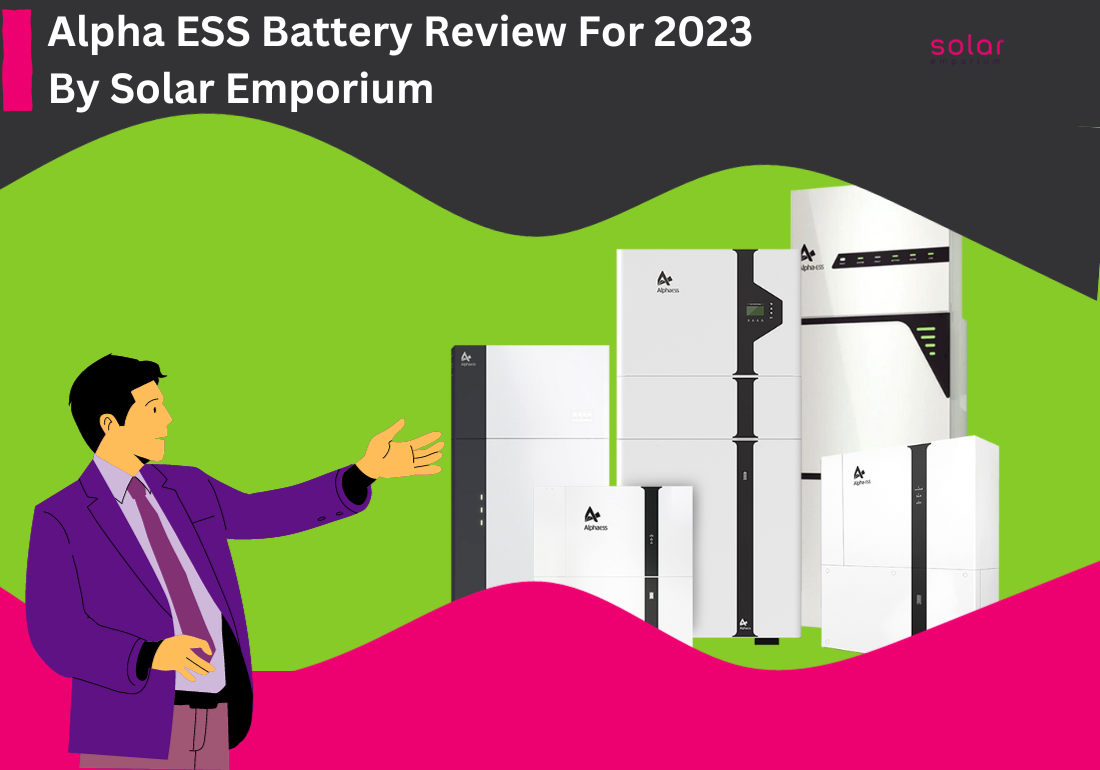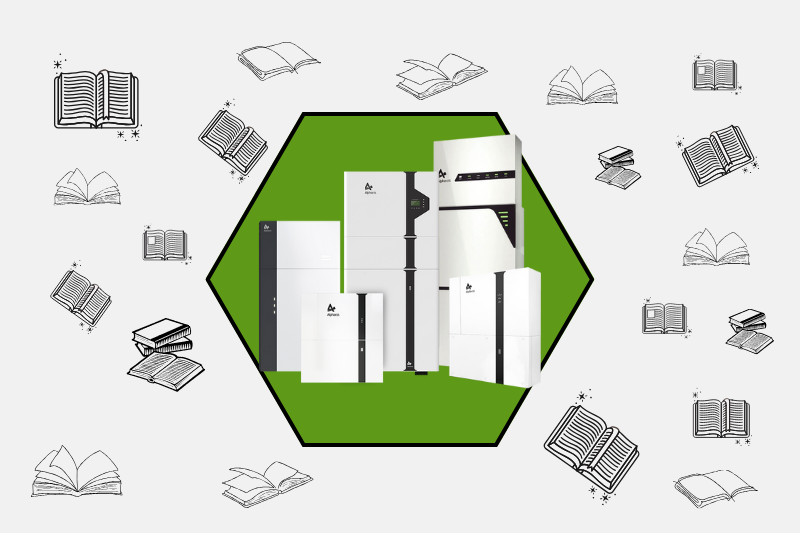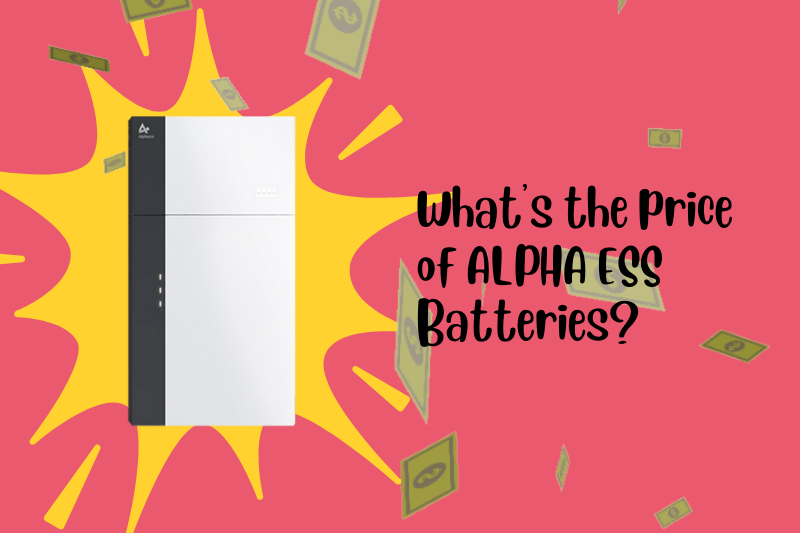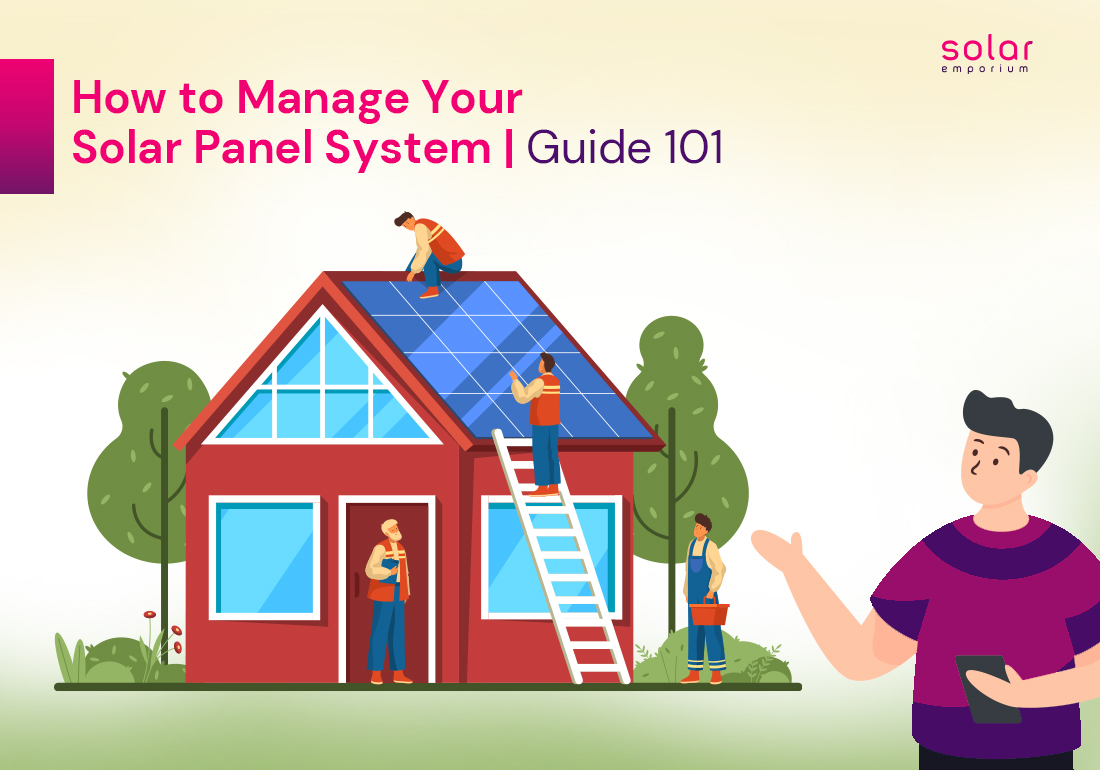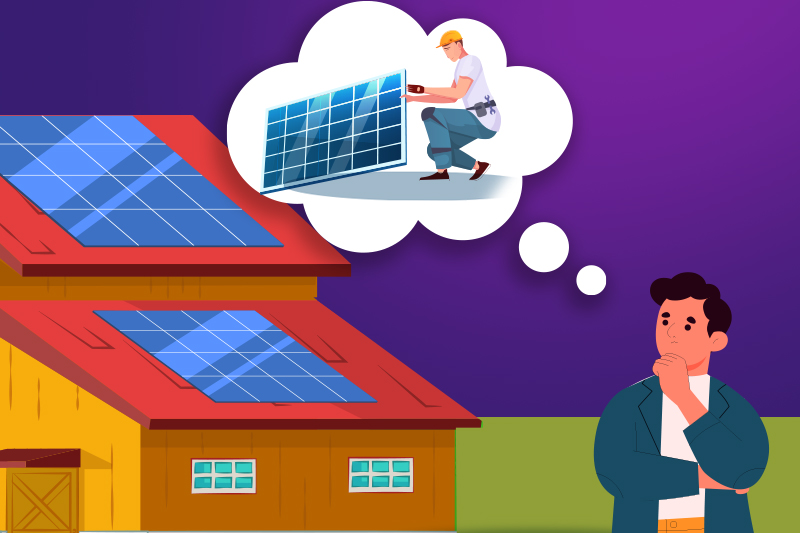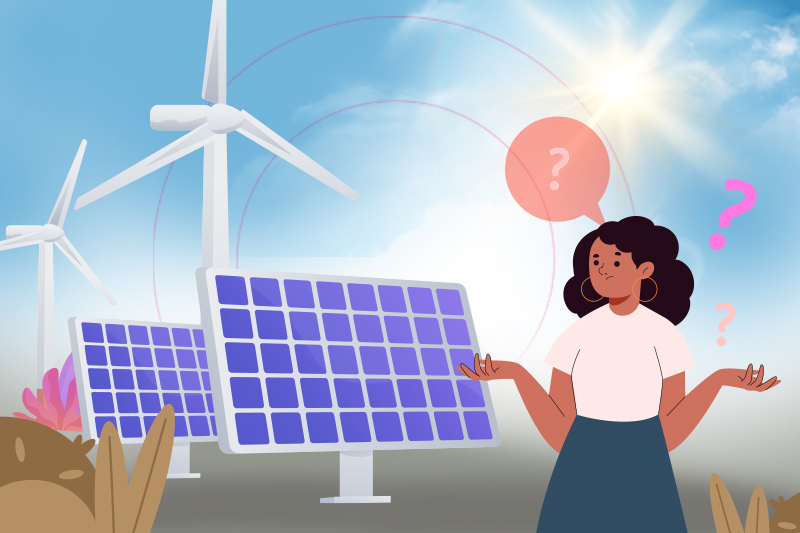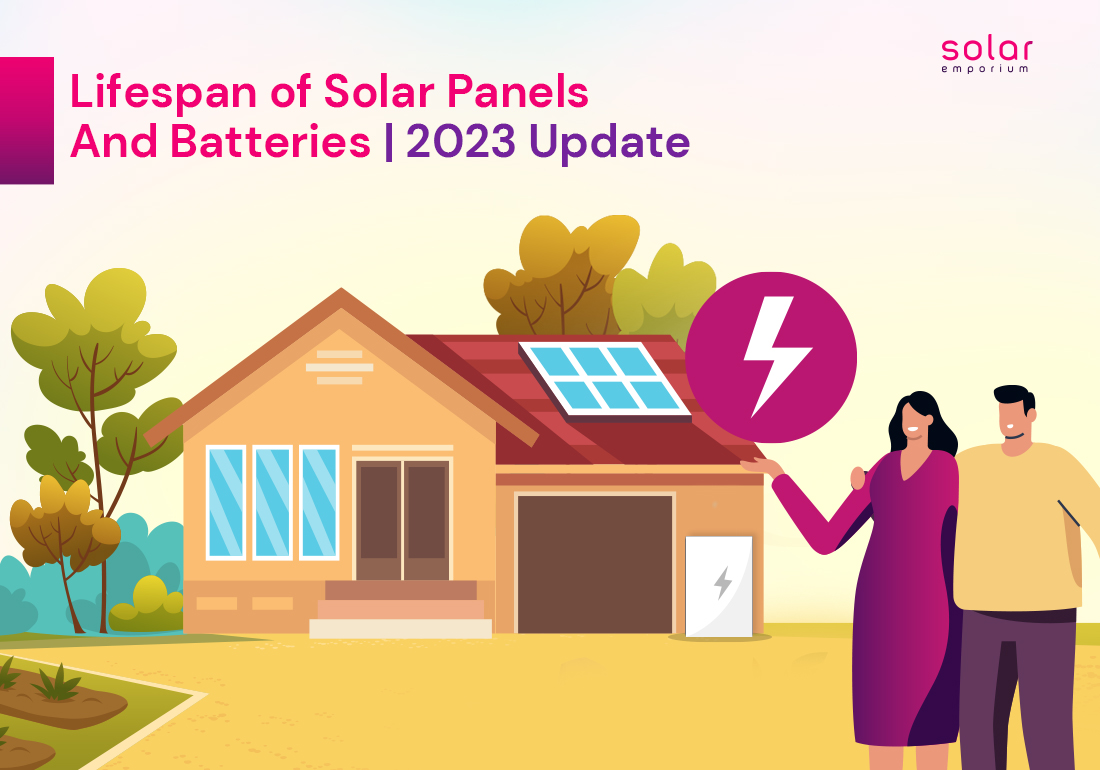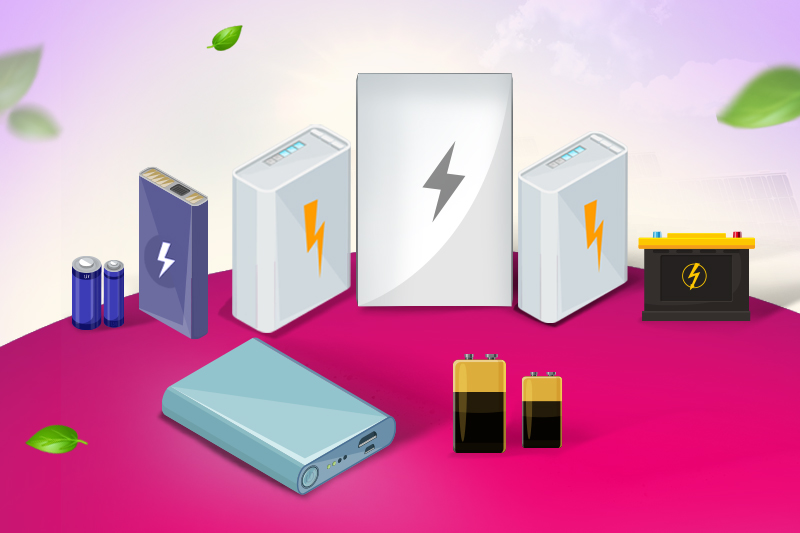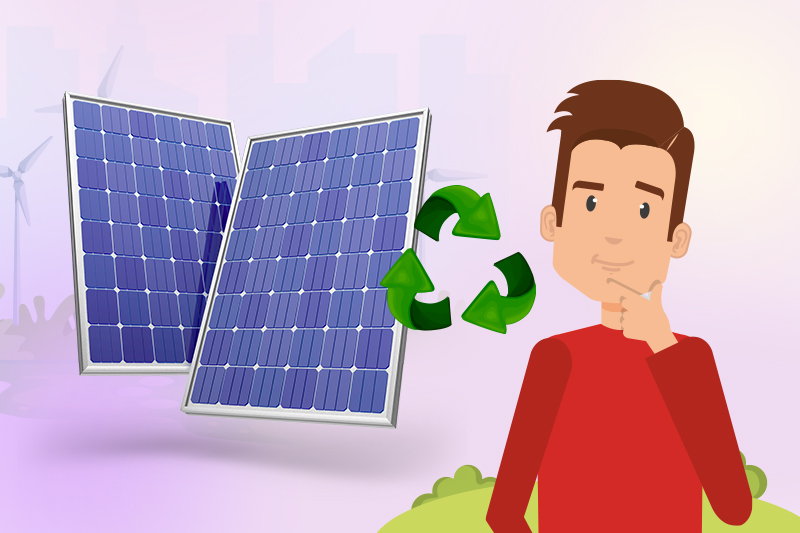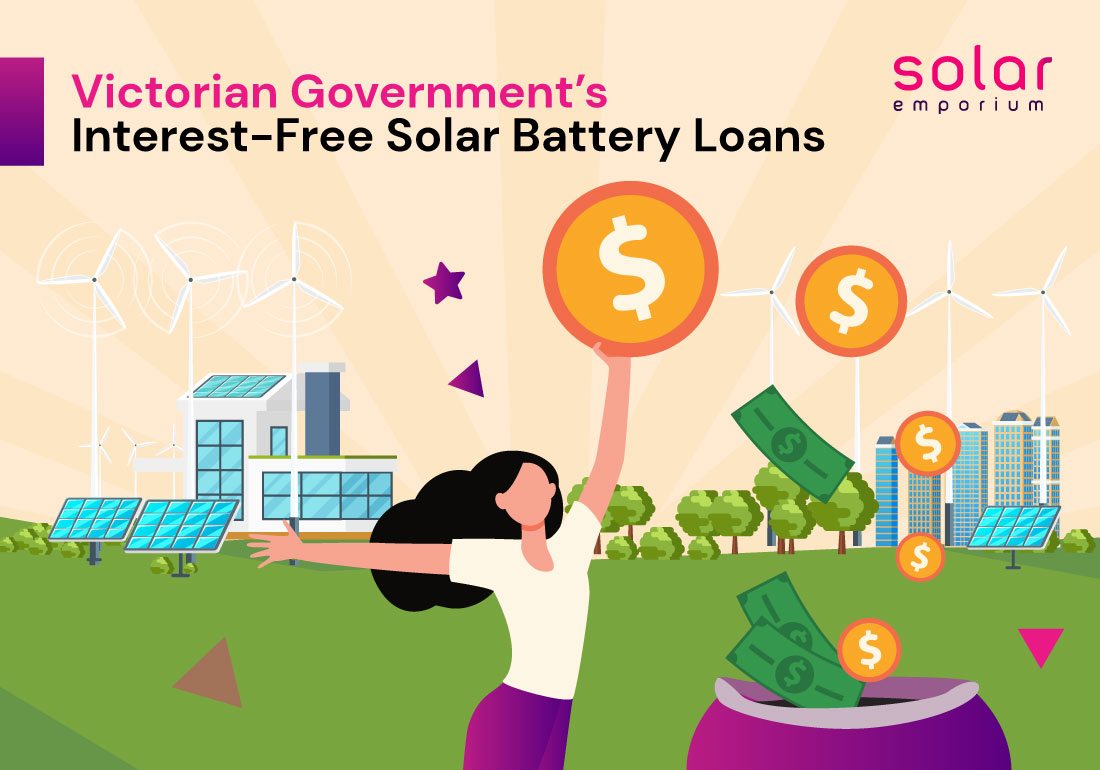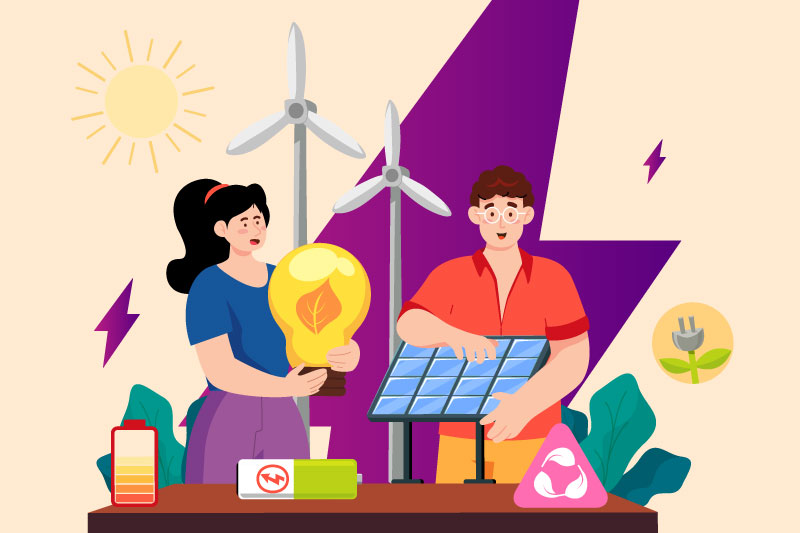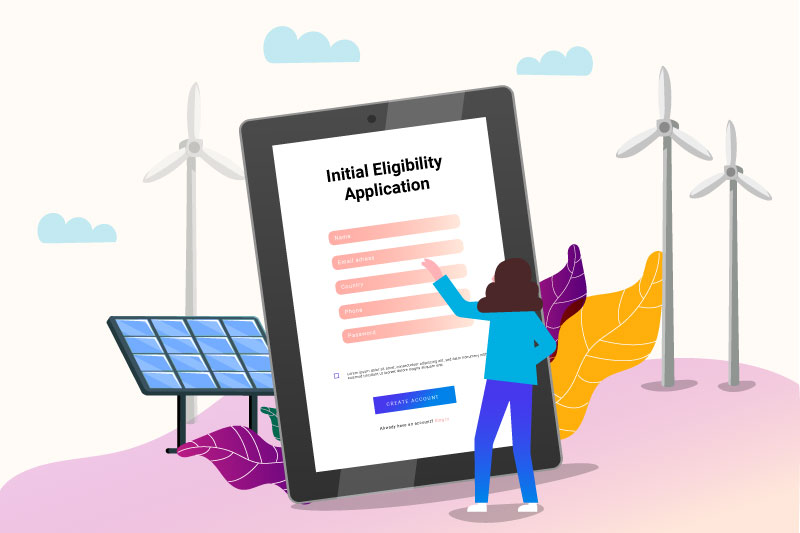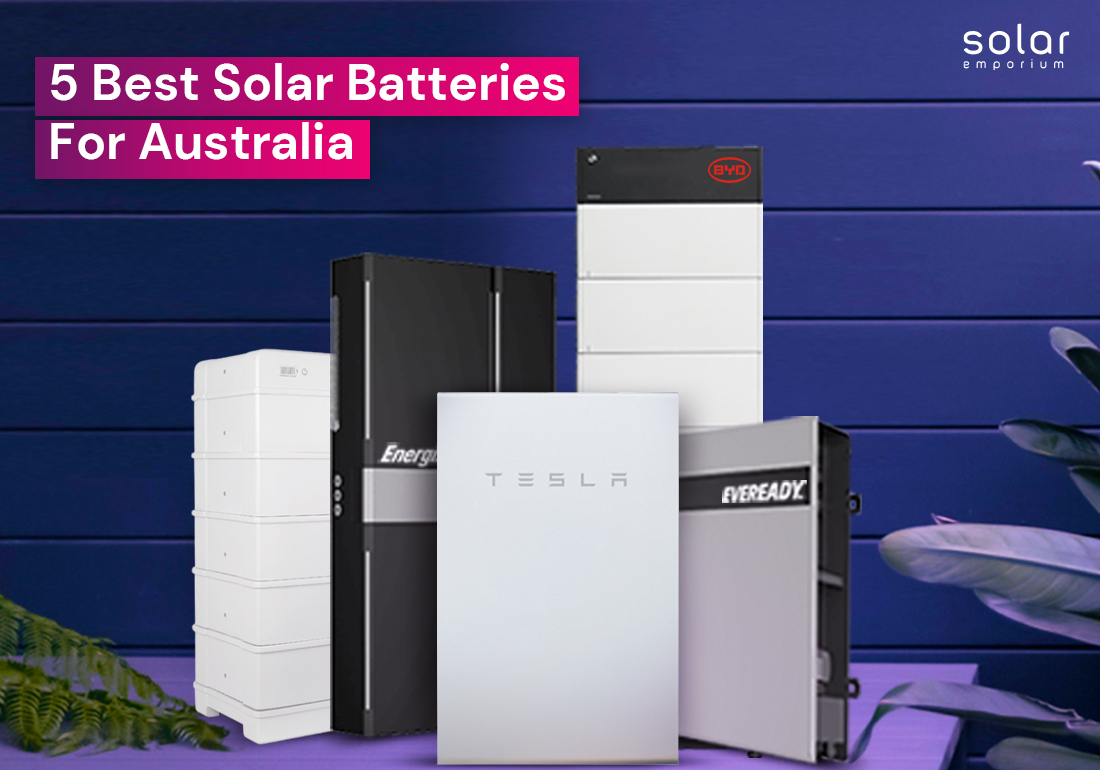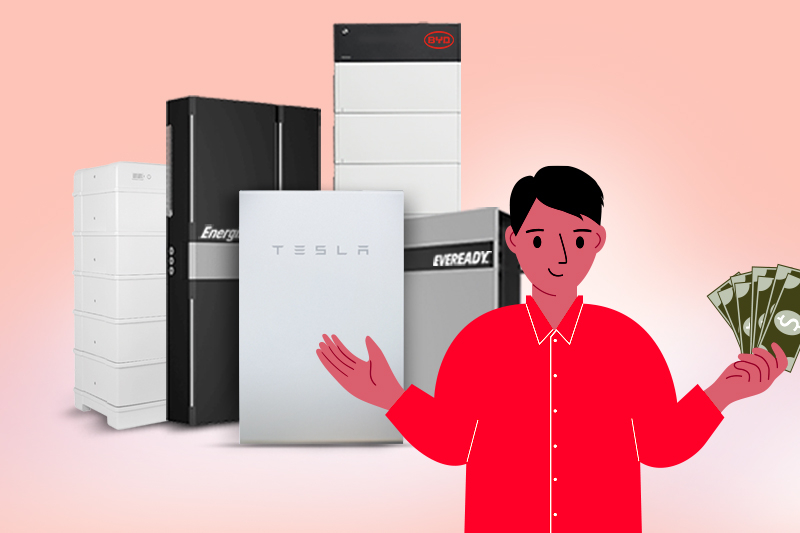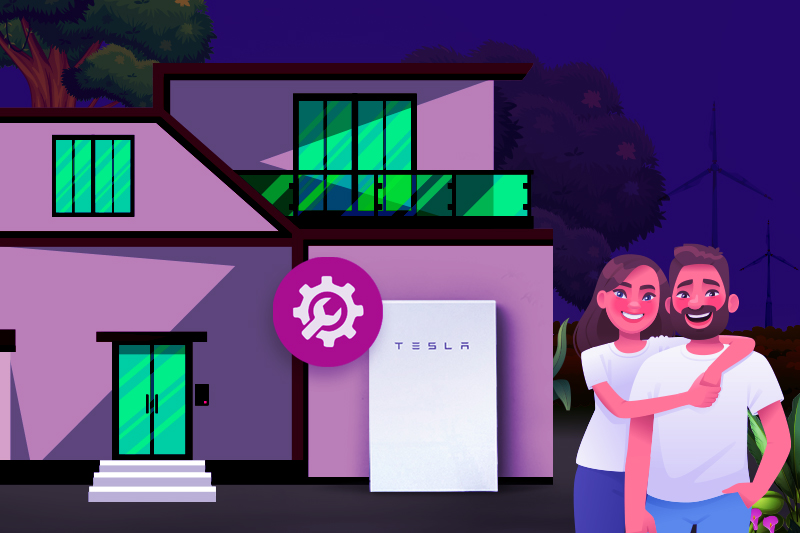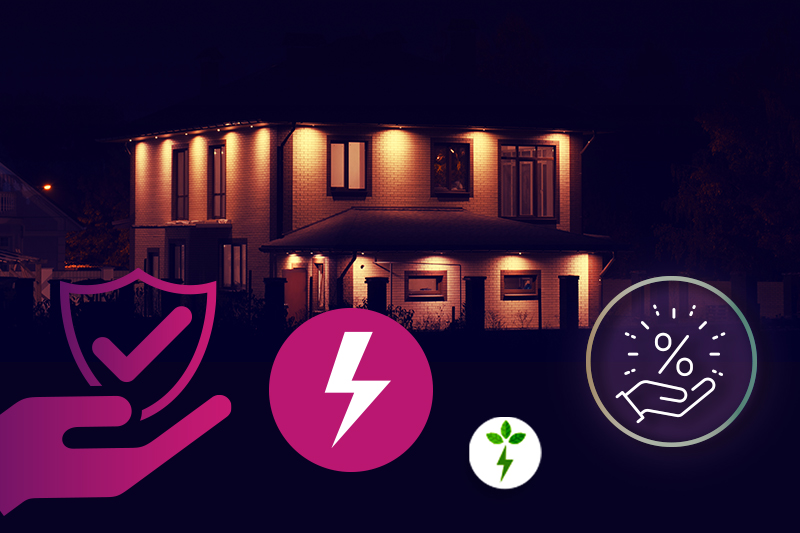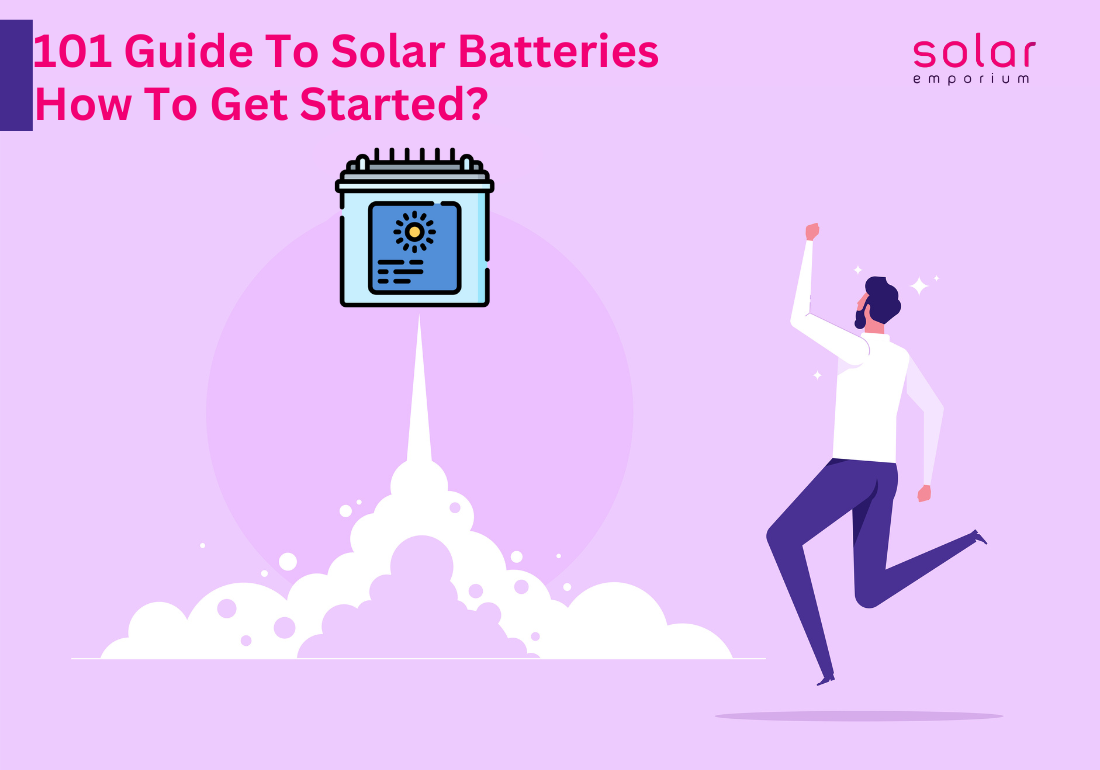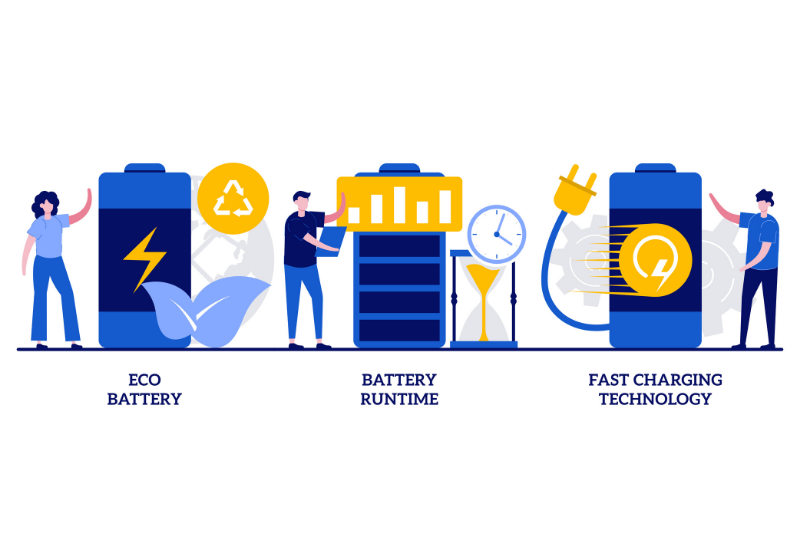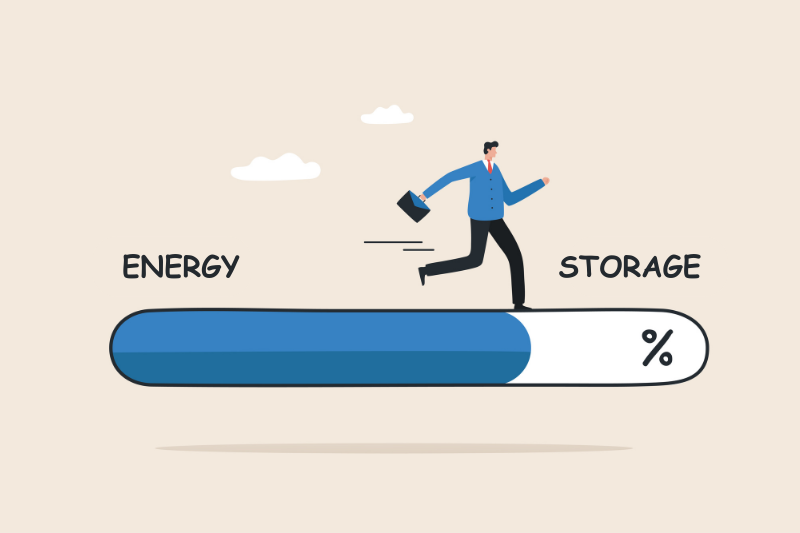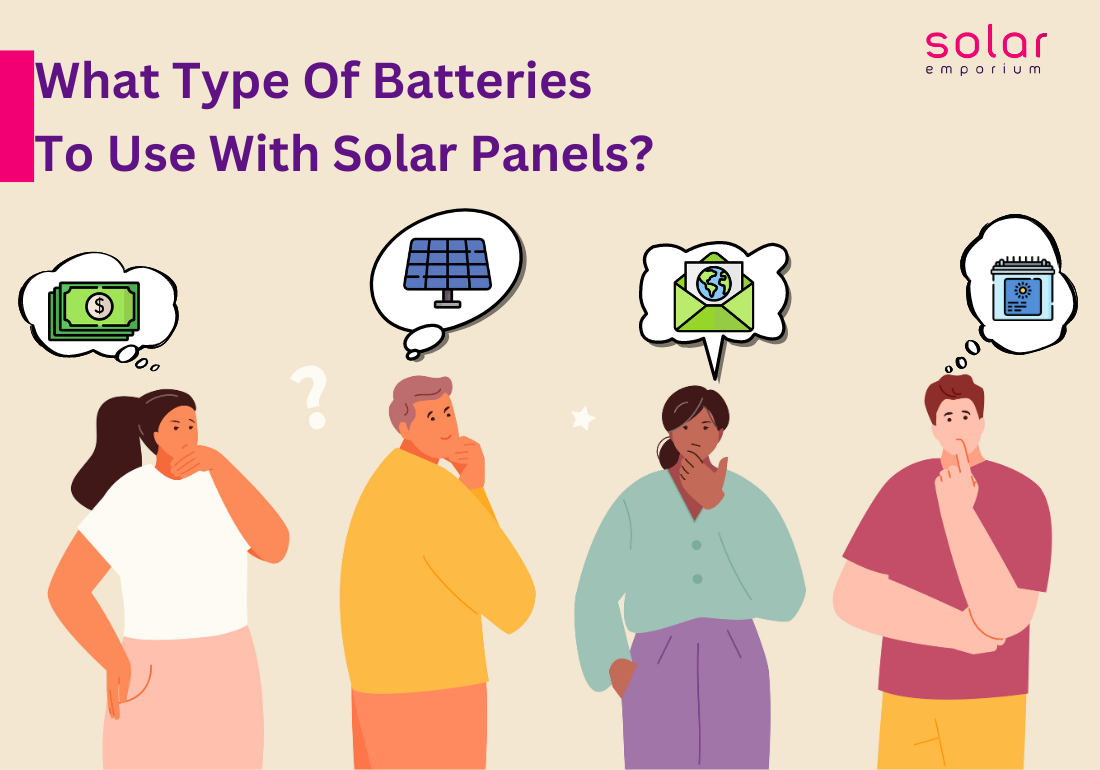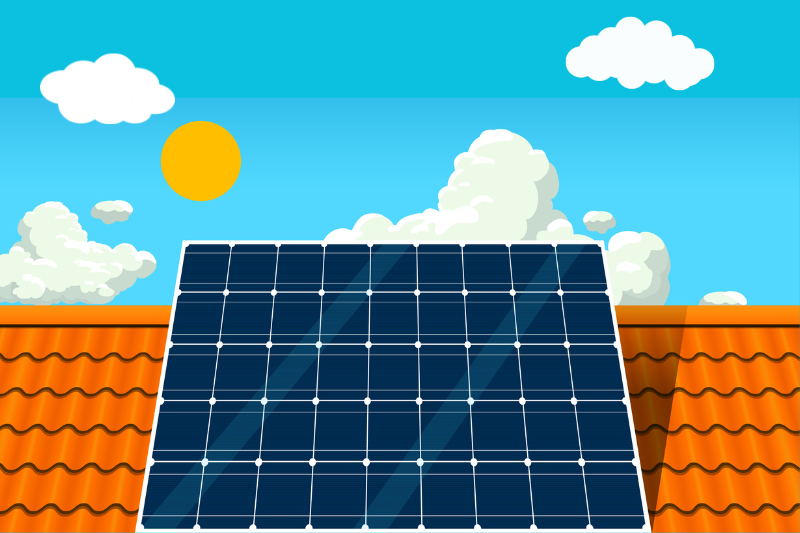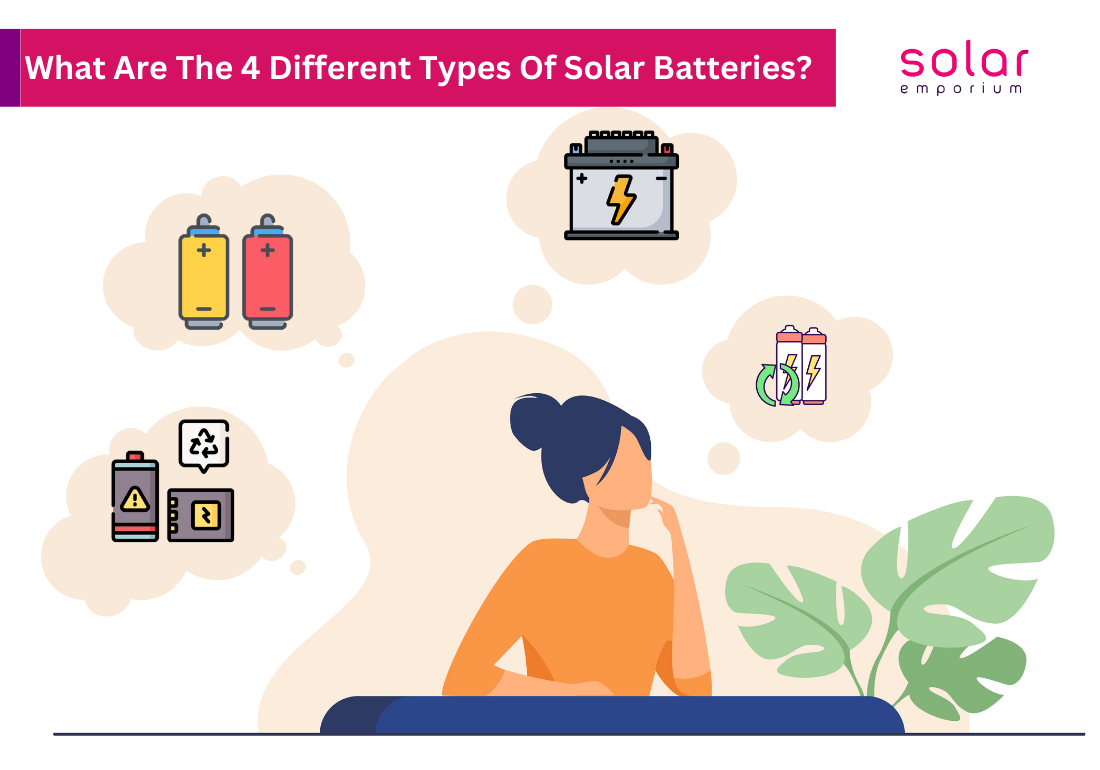Solar batteries, also known as solar storage systems or solar battery storage. These devices are used to store the electricity generated by solar panels.
Solar batteries are an essential component of a solar panel system as they capture energy from the sun to be stored for later use. Solar batteries come in various types, including lead-acid, lithium-ion, and saltwater batteries.
And many wonder about the different prices of solar batteries offered in the market. So, how much does a 6kW solar battery cost in Australia? Let’s find out.
6 kW Solar System with Battery Price
The cost typically involves solar panels, inverters, installation, and battery storage systems. Prices may also differ based on the quality of the equipment, the brand, and additional services offered by the installation provider.
Obtaining quotes from multiple reputable suppliers and installation companies is always wise.
Government rebates or incentives can also affect the initial prices.
Cost breakdown
The cost of a solar battery is typically counted as a price per kilowatt hour ($/kWh). It usually ranges between $900 to $2,000 per kilowatt-hour. The combination of a 10.2kWh Solar battery and a 6.64kWh solar system is priced around $12,888.
The individual cost of a solar battery alone is $990 per kilowatt-hour, including the hybrid inverter necessary for linking the battery to the solar system.
For the 13.5kWh Tesla Powerwall battery featuring a built-in inverter, the price is $1200 per kilowatt-hour.
Meanwhile, the Sungrow 9.6kWh solar battery is priced at $1227 per kilowatt-hour, which includes the 5kW hybrid inverter.
Various factors influence battery pricing, and we will delve into these in more depth later on.
A 6kW solar panel system involves a battery with a capacity of 16.6kWh.
The installation cost for this combined system ranges from approximately $19,935 at the lower end to an average of $25,235. The specific pricing depends on the system’s type and quality.
Factors Influencing the Solar Battery Cost
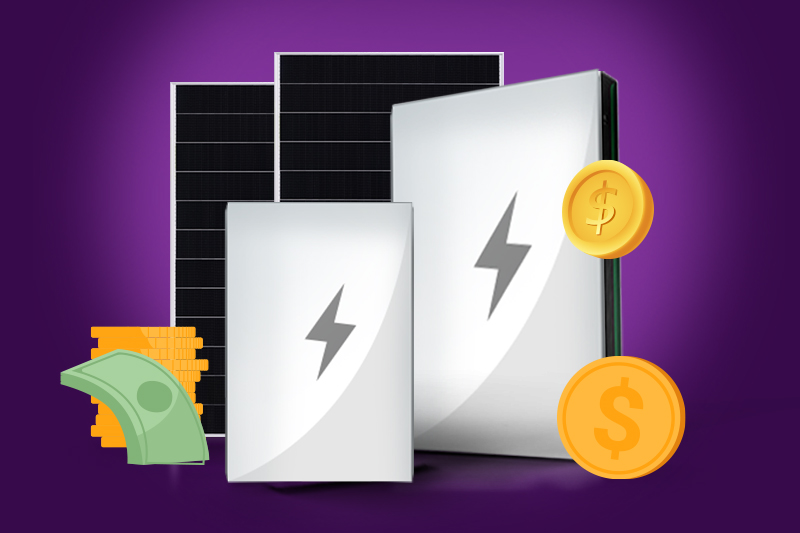
Several factors influence the costs of solar batteries in Australia:
Battery Capacity: The storage capacity of the battery, measured in kilowatt-hours (kWh), significantly affects its price. Larger-capacity batteries capable of storing more energy tend to be more expensive.
Battery Chemistry and Technology: Different battery chemistries, such as lithium-ion, lead-acid, or emerging technologies, can impact costs. Lithium-ion batteries, although more expensive up front, are more commonly used due to their higher efficiency, longer lifespan, and better performance than lead-acid batteries.
Brand and Quality: Reputable brands with proven quality and reliability often come at a higher price point. Established brands might offer more extended warranties and better overall performance.
Installation Costs: Installing a solar battery involves labour charges, additional equipment, and potential modifications to the existing solar setup. Installation complexities and the need for professional electricians can influence the overall cost.
Inverter and Other System Components: Compatibility with inverters and other system components can affect the cost. Some batteries may require additional hardware or compatible inverters, adding to the overall expenses.
Economies of Scale: The solar market’s economies of scale and technological advancements can influence costs. As the solar industry evolves and scales up, prices might reduce due to increased competition, innovation, and improved manufacturing processes.
Warranty and Lifespan: Batteries with longer warranties and extended lifespans often come at a higher price. However, they may provide better value over time due to their durability and reliability.
These factors collectively impact the overall price of solar batteries in Australia. Consumers must consider these factors while getting quotes.
Consulting with reputable solar installers is a must to make informed decisions based on their energy needs and budget.
Factors Affecting the Lifespan of a 6kW Solar Battery
Battery Chemistry: The type of battery chemistry used in the system significantly impacts its lifespan. Lithium-ion batteries are commonly used in solar setups for their efficiency and durability.
They tend to have a longer lifespan compared to other types, like lead-acid batteries.
Depth of Discharge (DoD): The depth to which the battery is regularly discharged can affect its lifespan. Small discharges, where the battery is not drained, generally contribute to a longer life.
More significant discharges can decrease the overall lifespan of the battery.
Temperature: High temperatures can negatively impact battery life. In Australia, temperatures can be relatively high in certain regions. Excess heat can reduce the battery’s life.
Proper cooling and temperature regulation systems can help resolve this issue.
Maintenance and Care: Regular maintenance and proper care are crucial in preserving the battery’s lifespan. It includes ensuring the battery is not overcharged or over-discharged and follows the manufacturer’s guidelines for maintenance.
Cycle Life: Batteries have a limited number of charge-discharge cycles. Higher-quality batteries mainly offer more processes and, therefore, a longer lifespan.
Manufacturer and Quality: The quality of the battery and the manufacturer’s reputation can significantly influence its durability. Established brands with higher quality standards often produce batteries with longer lifespans.
Charging and Discharging Rates: The rate at which the battery is charged and discharged can impact its life. Rapid charging or discharging at high speeds can reduce the overall lifespan of the battery.
Environmental Factors: Factors such as humidity, dust, and exposure to certain chemicals can also impact the battery’s lifespan. Ensuring the battery is installed in a clean, dry environment can help prolong its life.
Understanding and managing these factors can contribute to ensuring the 6kW solar battery system in Australia operates efficiently and has an extended lifespan.
Regular monitoring, following manufacturer guidelines, and appropriate maintenance practices are vital in maximising the system’s longevity.
How Long Does a 6kW Solar Battery Last?

The lifespan of a 6kW solar battery, typically measured in terms of its durability and effectiveness, can vary based on several factors.
Generally, a well-maintained and high-quality 6kW solar battery in Australia can last 10 to 15 years or even longer.
The battery’s lifespan depends on the type of battery chemistry, depth of discharge, operating conditions, maintenance, and overall usage patterns.
Proper care, following the manufacturer’s guidelines and suitable operating conditions can help the lifespan of a 6kW solar battery.
6kW Battery Capacity in Household
The capacity of a 6kW solar battery in a household in Australia refers to its energy storage potential rather than its power generation.
In this context, a 6kW solar battery typically indicates its storage capacity. It is usually measured in kilowatt-hours (kWh).
A 6kW rating is associated with the solar panels’ power output, while the battery’s capacity pertains to how much energy it can store.
The specific storage capacity can vary depending on the type of battery and its efficiency. Still, a 6kW solar battery might store around 13-16.6 kilowatt-hours (kWh) of energy.
This system allows retaining surplus electricity generated by the solar panels for later use, especially when sunlight isn’t available.
Return on Investment with a 6kW Solar Battery
Generally, the ROI for a 6kW solar battery involves calculating the savings on electricity bills over time.
While it’s a significant investment upfront, the savings from reduced energy costs can contribute to a positive ROI.
In Australia, with ample sunlight and potential government rebates and feed-in tariffs, the ROI gets faster. It is based on an ideal situation where most solar energy is utilised within the household.
The ROI duration for a 6kW solar battery typically ranges between 5 and 10 years or more. Factors influencing this period include the initial cost of installation, the amount of energy consumed and stored, the price of electricity from the grid, and any available financial incentives.
Additionally, the ROI is influenced by the capacity of the battery to store excess energy during peak generation times, such as daylight hours.
Consider individual energy consumption patterns and local electricity rates to evaluate the ROI properly.
Calculating government incentives, the lifespan of the system, and potential maintenance or replacement costs can also contribute to this. These parts collectively determine the overall return on the investment made in a 6kW solar battery system.
What are the Government Rebates and Incentives Available?

The Australian government provides various rebates and incentives for solar batteries. One of these initiatives is the interest-free battery loan offered by Solar Victoria.
It aims to reduce the initial expenses of battery installation. The loan comes without interest, with repayments spread over a 4-year duration.
For the fiscal year 2023-24, 4,500 loans are available, each with a cap of $8,800. However, some specific criteria must be met to qualify for this loan.
- The applicant must own and reside in the property where the system will be installed.
- The total annual taxable income of all property owners must be at most $210,000.
- The property value should be below $3 million.
- The property’s address should have yet to obtain a solar battery rebate.
- The property must either possess a solar panel system with an inverter capacity of 5kW or more or will have one installed alongside the solar battery system.
Additionally, many other federal and state-based rebates for rooftop solar and battery storage are there. For more information regarding these programs, go to the Clean Energy Council website.
